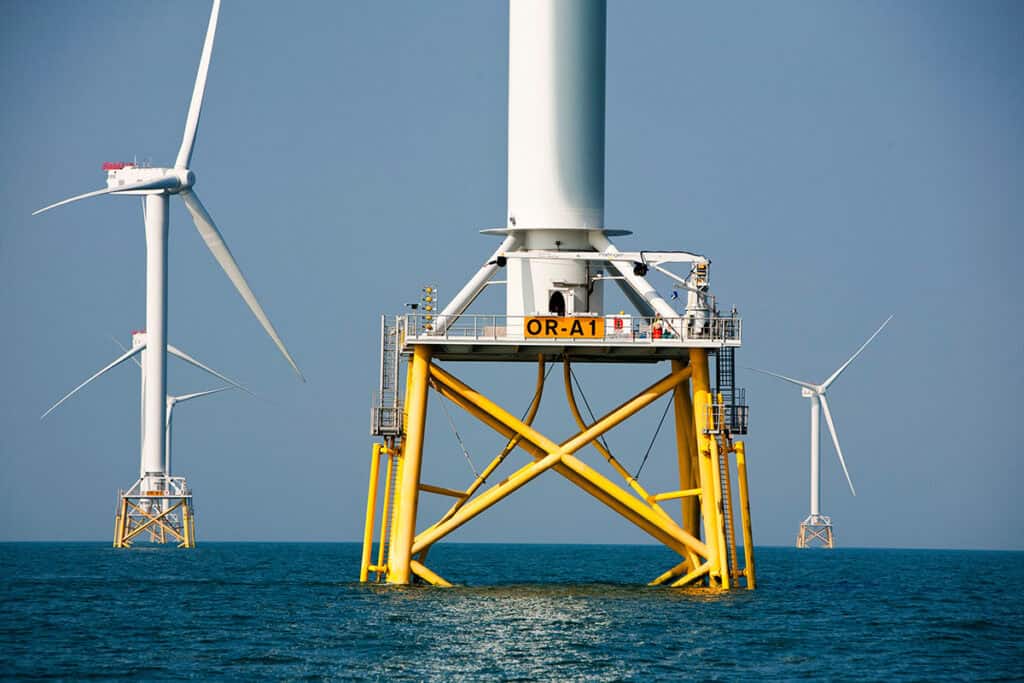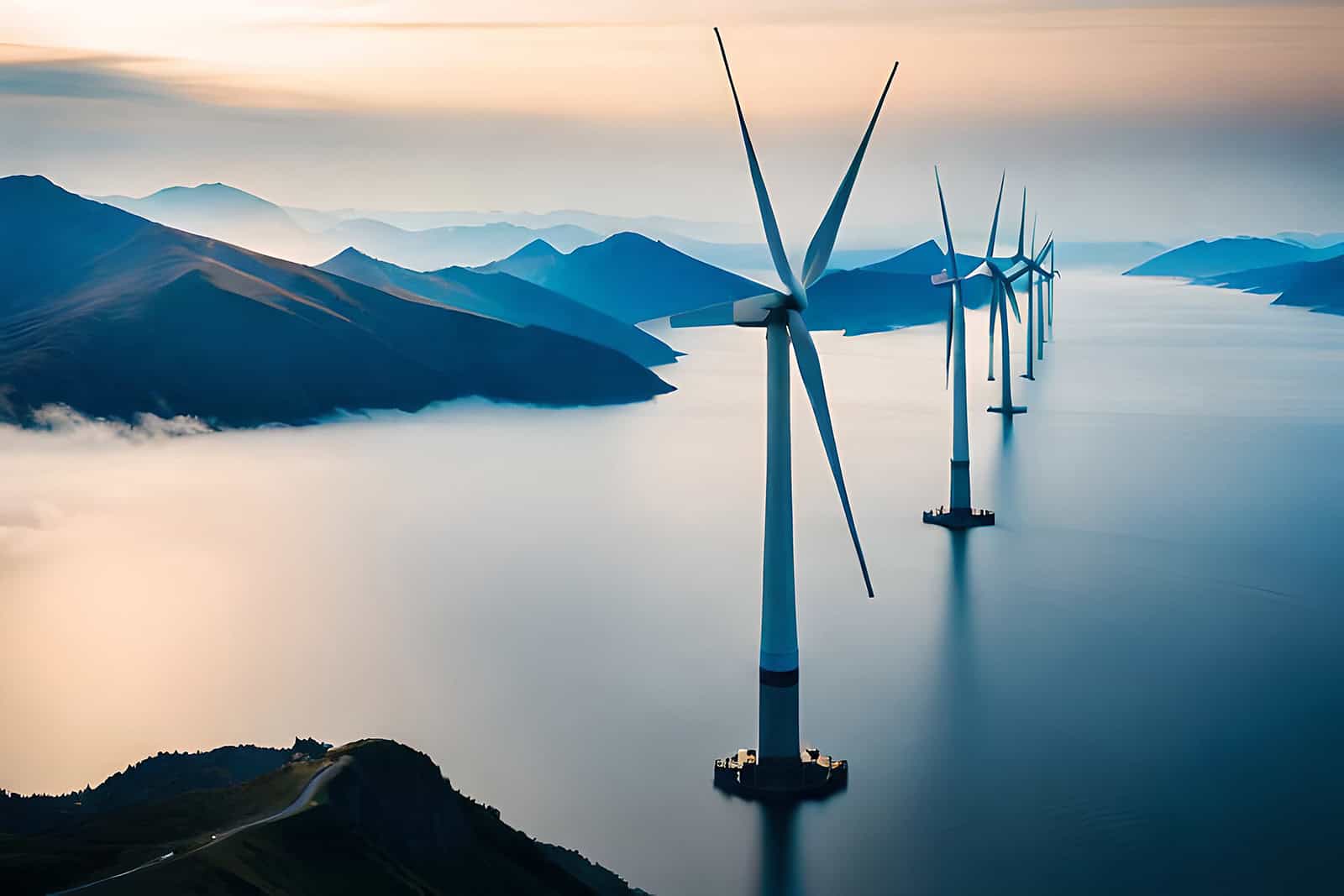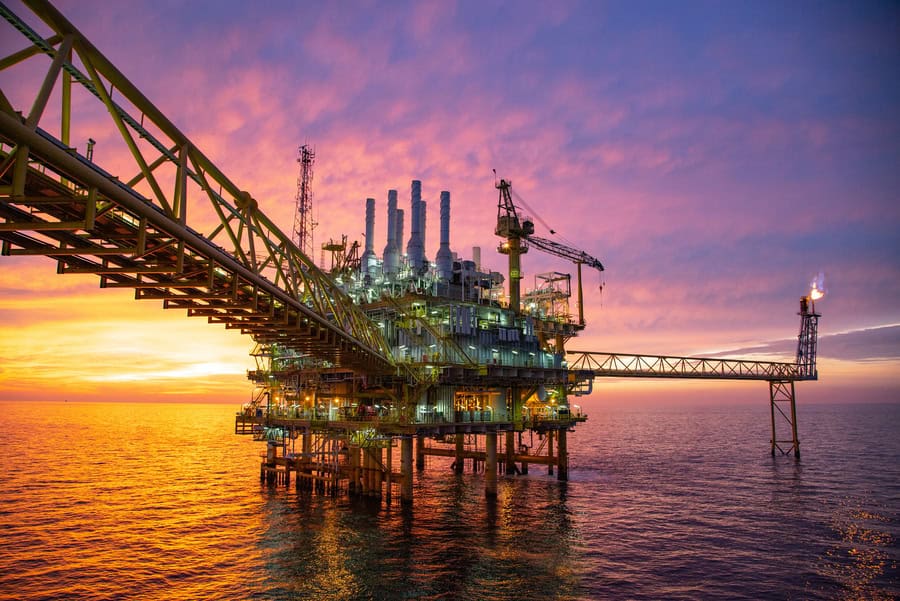The Growth of Offshore Wind Projects
Offshore wind energy has emerged as a cornerstone in the global transition toward sustainable energy solutions. As nations seek to reduce carbon emissions and address the challenges posed by climate change, offshore wind projects offer a viable and scalable alternative to fossil fuels. Over the past two decades, this industry has witnessed exponential growth, driven by technological advancements, supportive policy frameworks, and increasing demand for renewable energy.
The advantages of offshore wind energy are manifold. Offshore turbines leverage stronger and more consistent wind patterns compared to their onshore counterparts, allowing for higher efficiency and more consistent/less intermittent energy output. Furthermore, the placement of these turbines in offshore regions minimizes visual and noise impacts for communities, clearing a path for widespread public acceptance. Regions such as Europe, the United States, and parts of Asia have become leaders in harnessing offshore wind power, with large-scale projects like the Hornsea Wind Farm in the UK and China’s Fujian Xinghua Bay Wind Farm setting benchmarks for innovation and capacity.
Despite its growth, the offshore wind sector faces unique challenges. The harsh marine environment, complex seabed conditions, and significant construction and operational costs require meticulous planning and robust technologies. Among these technologies, geotechnical modelling and structural analysis play a pivotal role in ensuring the stability, safety, and efficiency of offshore wind farms.

The Importance of Geotechnical Modelling in Offshore Wind Projects
The foundation of an offshore wind turbine is critical to its performance and longevity. Unlike onshore structures, offshore turbines must withstand dynamic loads from wind, waves, and currents while remaining stable in diverse seabed conditions, all of which means that each investigation is very site specific. Geotechnical modelling addresses these complexities by providing detailed simulations of soil-structure interactions, enabling engineers to design foundations that are both reliable and cost-effective. In addition, Foundation and installation costs typically comprise around 25-30% of the overall project CAPEX, emphasizing the importance of optimizing these designs for economic and operational efficiency.
PLAXIS, a leading software for geotechnical analysis, has become an indispensable tool in this domain. By utilizing advanced finite element methods, PLAXIS enables engineers to evaluate the mechanical behavior of soil under varying conditions. It allows for precise modelling of factors such as soil stratigraphy, pore pressures, and consolidation effects, which are crucial for predicting how foundations will respond to external forces over time.
The utility of PLAXIS in offshore wind projects extends beyond basic soil mechanics. For instance, the software can simulate complex processes like cyclic loading, which is common in marine environments due to repeated wave and wind forces. It can also account for nonlinear soil behavior, ensuring designs accommodate the natural variability of seabed conditions. These capabilities make PLAXIS a vital asset in optimizing the design and placement of monopile, jacket, and gravity-based foundations commonly used in offshore wind turbines.
Synergy Between Geotechnical and Structural Assessments for Offshore Projects
While geotechnical modelling establishes foundation design, offshore structural analysis ensures the integrity of the superstructure. Structural analysis tools are capable of simulating and assessing offshore structures, with a focus on load analysis, fatigue evaluation, and the impact of environmental forces. By integrating geotechnical data with those structural insights, engineers can achieve a holistic approach to offshore wind farm design.
This synergy is particularly important in the iterative design process. The loads predicted by SACS influence geotechnical parameters, which in turn inform structural adjustments. For instance, the lateral forces exerted by wind and waves on turbine towers must be absorbed and distributed effectively by the foundation. PLAXIS provides critical data on soil resistance and deformation, which can be input into SACS to refine tower and foundation designs for maximum stability.
Moreover, the integration of PLAXIS and SACS allows for dynamic analysis of offshore wind structures. Engineers can simulate real-time scenarios such as extreme weather events, assessing how the combined soil and structural systems respond to high-stress conditions. This ensures that designs are not only optimized for routine operations but also resilient against rare but catastrophic events.
The parallel use of PLAXIS and SACS in offshore wind projects delivers several key benefits:
- Enhanced Accuracy: Combining geotechnical and structural models ensures that every aspect of the design is based on detailed and reliable data
- Optimized Costs: Integrated modelling reduces the risk of overdesign or under designed, minimizing material usage and construction expenses
- Improved Safety: Comprehensive simulations of load interactions and soil behavior help prevent structural failures, safeguarding investments and human lives
- Sustainability: Efficient designs reduce the environmental footprint of construction and operation, aligning with global green energy goals
Case Studies and Real-World Applications
The use of PLAXIS and SACS has been instrumental in several landmark offshore wind projects. For example, the Borkum Riffgrund Wind Farm in Germany utilized geotechnical modelling to address complex seabed conditions, ensuring stable monopile foundations in soft clay layers.
Similarly, SACS and PLAXIS played a crucial role in optimizing the structural design for one of the world’s deepest offshore wind projects in Changle, China. This helped reduce costs by 30% against more traditional offshore wind turbine designs. Read the case study ❯
These examples illustrate the transformative power of integrating advanced modelling tools in offshore wind development. By leveraging the strengths of PLAXIS and SACS, project teams can overcome engineering hurdles, scale their operations, and contribute to the global renewable energy transition.
Conclusion
The growth of offshore wind projects is a testament to humanity’s ingenuity in addressing environmental challenges. However, realizing the full potential of this energy source requires precision, innovation, and collaboration. The combined use of PLAXIS for geotechnical modelling and SACS for structural analysis represents a forward-thinking approach to offshore wind farm design.
As the industry continues to expand, the integration of these tools will remain vital in ensuring that offshore wind farms are not only efficient and cost-effective but also sustainable and resilient. Together, they pave the way for a brighter, greener future powered by the winds of the sea.
For more information on our tools, please visit the Offshore Structural Analysis Software page and the PLAXIS 3D: Geotechnical Engineering Software page ❯

